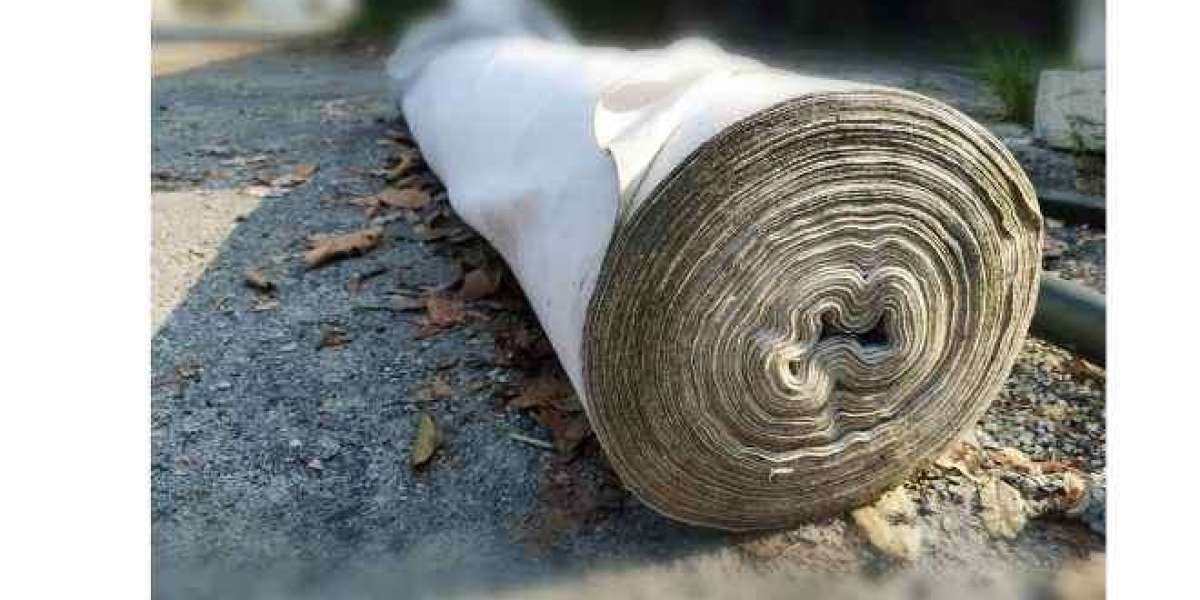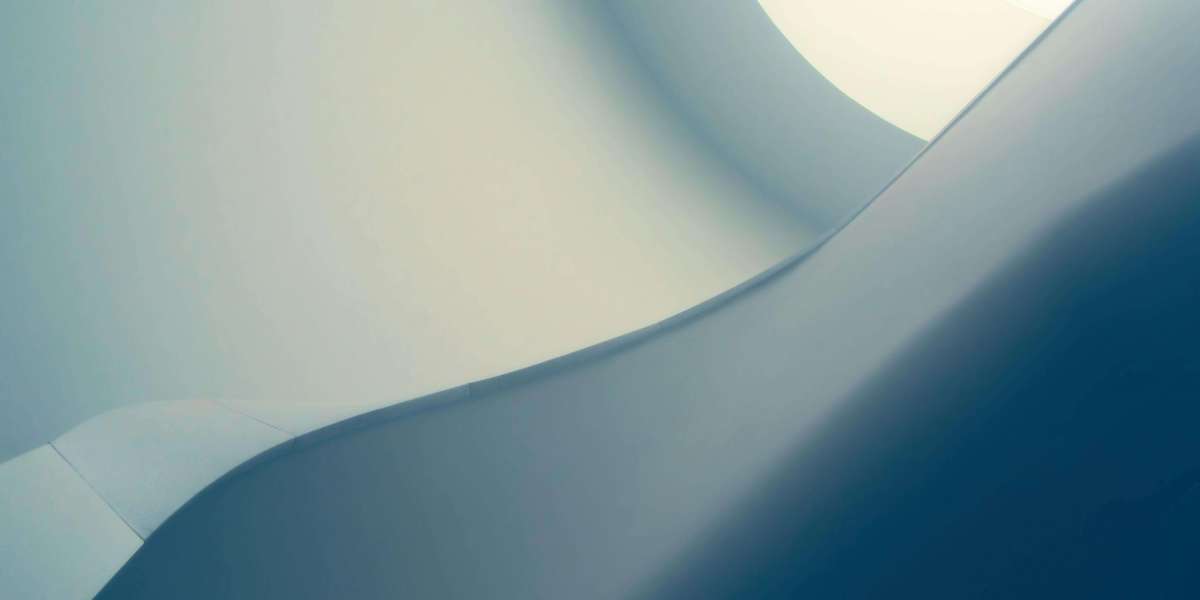Geotextile fabric has revolutionized the construction, landscaping, and environmental industries. As an essential component of Pulkit Plastic Products modern engineering, it serves a multitude of purposes, from soil stabilization to erosion control. This article provides an in-depth look at geotextile fabric, its types, benefits, applications, and answers some commonly asked questions.
What is Geotextile Fabric?
Geotextile fabric is a permeable material made from synthetic fibers such as polypropylene or polyester. These fabrics are designed to enhance soil stability, provide filtration, and improve drainage in various applications. Available in woven, non-woven, and knitted forms, Geo sheet price are engineered to meet specific project requirements.
Types of Geotextile Fabric
Woven Geotextile Fabric:
Made by weaving synthetic fibers together.
High tensile strength, suitable for load-bearing applications.
Commonly used for road construction and embankments.
Non-Woven Geotextile Fabric:
Manufactured by bonding fibers through heat or chemicals.
Offers excellent filtration and drainage properties.
Ideal for landscaping, drainage systems, and erosion control.
Knitted Geotextile Fabric:
Created by interlocking fibers using a knitting process.
Combines the features of woven and non-woven fabrics.
Typically used in specialized applications.
Key Benefits of Geotextile Fabric
Erosion Control: Prevents soil erosion by stabilizing slopes and embankments.
Improved Drainage: Facilitates water flow while preventing soil loss.
Soil Stabilization: Enhances soil strength and prevents shifting.
Cost-Effective: Reduces the need for extensive excavation and soil replacement.
Environmental Protection: Minimizes the impact of construction activities on ecosystems.
Versatility: Suitable for various applications, including roads, retaining walls, and landfills.
Durability: Resistant to UV rays, chemicals, and biological degradation.
Applications of Geotextile Fabric
1. Road Construction
Geotextile fabrics are used in road construction to separate soil layers, enhance drainage, and distribute loads evenly. This increases the lifespan of roads and reduces maintenance costs.
2. Erosion Control
In areas prone to erosion, such as riverbanks and coastal regions, geotextile fabric provides stability by preventing soil displacement while allowing water to flow through.
3. Drainage Systems
Geotextile fabrics act as filters in drainage systems, allowing water to pass through while retaining soil particles. This is crucial for maintaining efficient drainage in landscaping and construction projects.
4. Retaining Walls
By enhancing soil stability behind retaining walls, geotextile fabrics prevent structural failures and improve the longevity of the wall.
5. Landfill Liners
Geotextile fabrics are used in landfills to separate waste layers, manage leachate, and protect the environment from contamination.
6. Green Roofing
In green roofing systems, Geotextile road construction provide drainage and root barrier functions, supporting healthy vegetation growth.
7. Agriculture
Farmers use geotextile fabrics for soil reinforcement, drainage, and weed control, ensuring better crop yields.
How to Install Geotextile Fabric
Prepare the Site: Clear the area of debris, rocks, and vegetation.
Lay the Fabric: Roll out the geotextile fabric over the prepared surface, ensuring full coverage.
Overlap Edges: Overlap adjacent sections of fabric by at least 6-12 inches to prevent gaps.
Secure the Fabric: Anchor the fabric using staples, pins, or weights to hold it in place.
Backfill: Cover the fabric with soil, gravel, or other materials as required by the project.
Maintenance Tips
Inspect the fabric regularly for signs of wear or damage.
Ensure proper drainage to prevent clogging.
Replace or repair damaged sections promptly to maintain effectiveness.
Conclusion
Geotextile fabric is a game-changer in modern engineering, offering a wide range of benefits and applications. Its ability to stabilize soil, control erosion, and enhance drainage makes it an indispensable material in construction, landscaping, and environmental management. By understanding its types, applications, and maintenance requirements, you can make the most of this versatile material in your projects.
Whether you’re building a road, managing a landfill, or creating a green roof, Geotextile sheet specification provides the durability and functionality you need. As demand for sustainable and efficient construction solutions grows, geotextile fabrics will continue to play a pivotal role in shaping the future of infrastructure.
Frequently Asked Questions (FAQs)
Q1: What is the primary purpose of geotextile fabric?
A1: The primary purpose of geotextile fabric is to improve soil stability, provide filtration, and facilitate drainage in construction, landscaping, and environmental projects.
Q2: How is woven geotextile fabric different from non-woven fabric?
A2: Woven geotextile fabric is stronger and more suitable for load-bearing applications, while non-woven fabric excels in filtration and drainage tasks.
Q3: Can geotextile fabric be reused?
A3: Depending on the application and condition, geotextile fabric can be reused. However, it must be inspected for damage or degradation before reuse.
Q4: Is geotextile fabric environmentally friendly?
A4: Yes, geotextile fabric is environmentally friendly as it reduces soil erosion, minimizes the need for extensive excavation, and protects ecosystems during construction projects.








